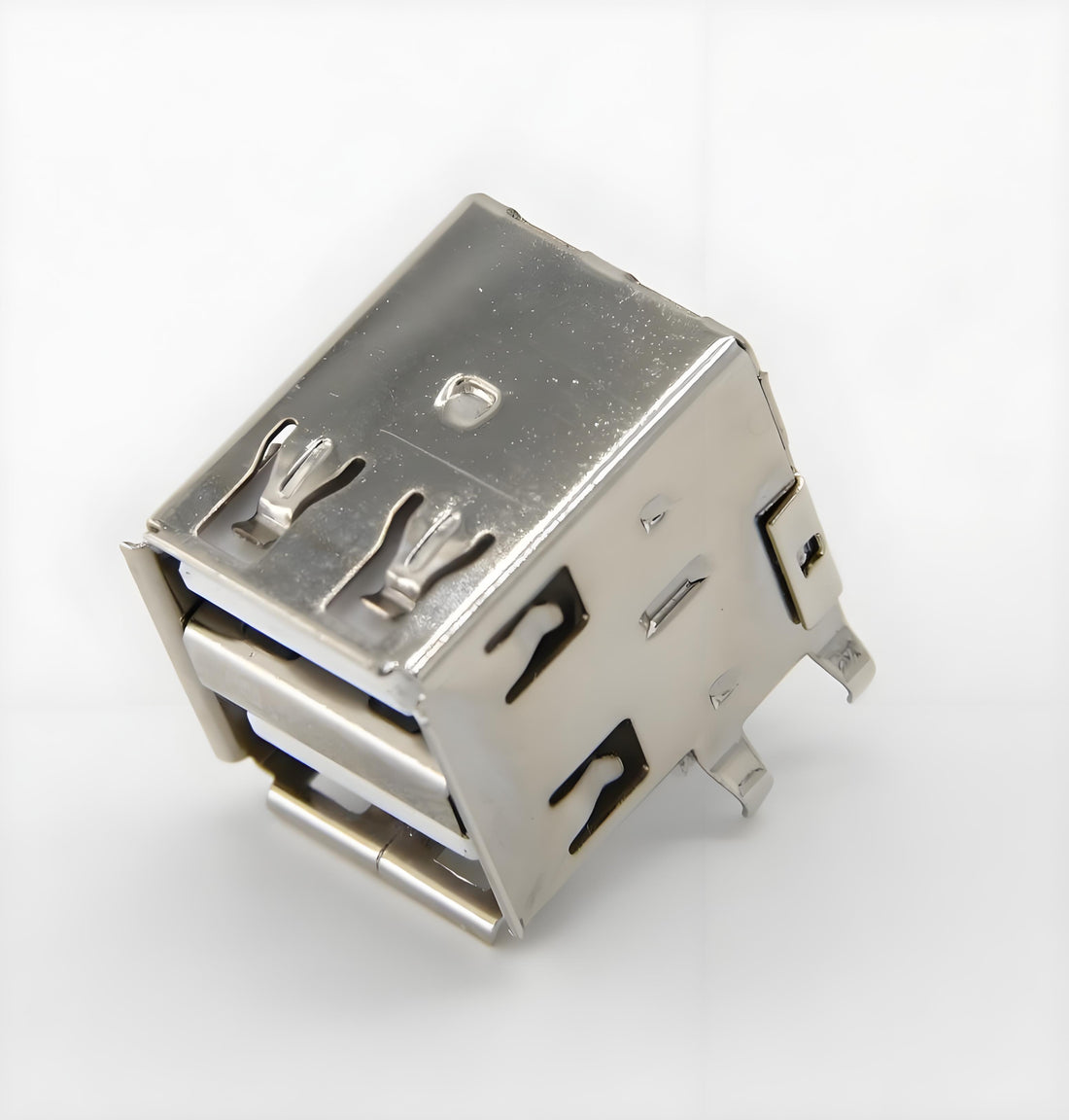Connectors are a crucial component of any power bank, serving as the interface between the power bank and your devices. The materials used in these connectors significantly impact their durability, conductivity, and overall performance. In this blog post, we'll explore the various materials commonly used in power bank connectors and how they affect the user experience.
1. Importance of Connector Materials in Power Banks
The connectors in a power bank, such as USB ports and charging cables, play a vital role in ensuring efficient power transfer and durability. The choice of material for these connectors affects not only the performance but also the longevity of the power bank.
2. Common Connector Materials
Copper

Copper is one of the most commonly used materials in power bank connectors due to its excellent electrical conductivity.
Pros:
- High electrical conductivity
- Good thermal conductivity
- Easily soldered
Cons:
- Prone to oxidation, which can reduce conductivity over time
- Heavier than some alternative materials
Applications in Power Banks:
- Widely used for USB connectors and internal wiring due to its balance of performance and cost.
Gold-Plated Copper

Gold-plated copper connectors offer enhanced corrosion resistance and conductivity compared to standard copper connectors.
Pros:
- Excellent corrosion resistance
- Improved electrical conductivity
- Longer lifespan
Cons:
- Higher cost
- Slightly more rigid
Applications in Power Banks:
- Used in premium power banks where durability and performance are prioritized.
Nickel-Plated Brass

Nickel-plated brass is another popular material for power bank connectors, known for its durability and cost-effectiveness.
Pros:
- High corrosion resistance
- Good electrical conductivity
- Durable and long-lasting
Cons:
- Lower conductivity compared to pure copper
- Heavier than some alternatives
Applications in Power Banks:
- Common in mid-range power banks, balancing cost and performance.
3. Advanced Connector Materials
Stainless Steel
Stainless steel is sometimes used in power bank connectors, especially for external parts, due to its strength and corrosion resistance.
Pros:
- Extremely durable
- High corrosion resistance
- Sleek, premium appearance
Cons:
- Lower electrical conductivity
- Heavier and more expensive
Applications in Power Banks:
- Used for outer connector casings or in high-end products requiring extra durability.
Aluminum Alloy
Aluminum alloy is another material used in power bank connectors, particularly for casings and external parts.
Pros:
- Lightweight
- Good corrosion resistance
- Affordable
Cons:
- Lower electrical conductivity than copper
- Can be prone to wear and tear
Applications in Power Banks:
- Used in power banks designed for portability due to its lightweight properties.
Plastics (for Casings and Insulation)

While not a conductive material, plastics are frequently used for the outer casing and insulation of power bank connectors.
Pros:
- Lightweight
- Cost-effective
- Provides good insulation
Cons:
- Less durable than metals
- Can degrade over time
Applications in Power Banks:
- Common in budget-friendly power banks and for insulating components.
4. Impact on Performance and User Experience
The material used in power bank connectors can directly influence the charging speed, durability, and overall user experience. For instance, gold-plated connectors provide superior conductivity and corrosion resistance, making them ideal for users who demand high performance and durability. On the other hand, copper connectors offer a good balance of performance and affordability, making them a common choice for most power banks.
5. Conclusion
Choosing the right power bank involves considering the materials used in its connectors. Whether you're looking for maximum durability with stainless steel or the best conductivity with gold-plated copper, understanding these materials can help you make an informed decision.
We hope this guide has been helpful. If you have any questions or want to learn more about power bank technology, feel free to leave a comment below, and we'll get back to you as soon as possible.



